7 ways to make a pre-loved kitchen work for your cook space
This classic wooden kitchen was a stylish and sustainable option – and you would never know it was secondhand
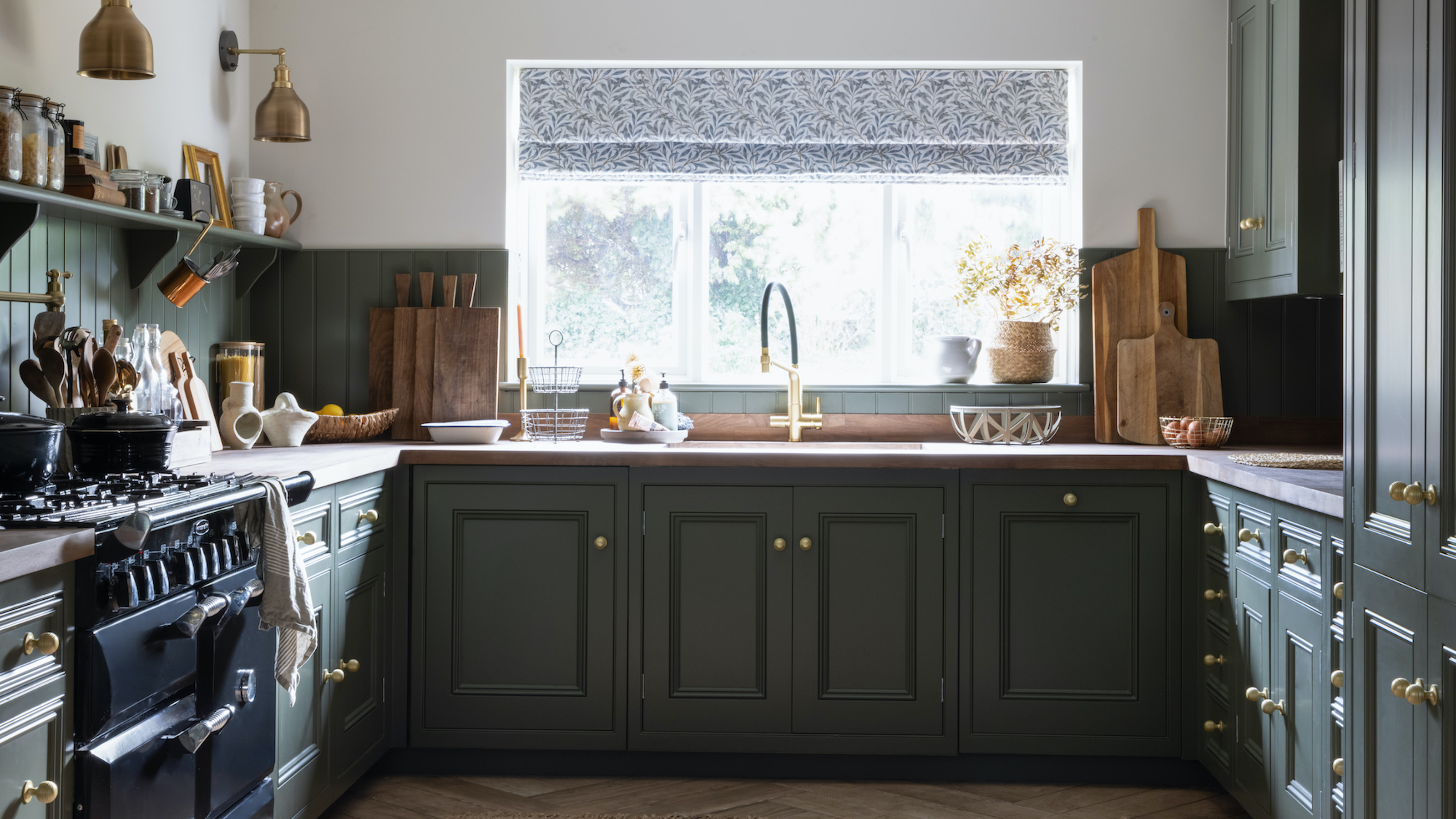

A new kitchen is one of the biggest investments we can make in our home, especially if quality of design, materials and construction is key. Style and functionality are essential, but increasingly there's another factor influencing our decision-making – sustainability.
More homeowners are opting for products that promise to reduce impact on the environment, whether that's cabinets made from responsibly sourced timber; eco paints for surfaces; or energy-efficient appliances.
When it comes to kitchen ideas, a timeless design crafted from high-standard materials will stand the test of time. It can be repainted for a smart refresh, or new counters added for an instant revamp.
When you do want to replace your existing cabinets with new, there is an option to buying a box-fresh kitchen – buy a pre-loved kitchen that has been carefully sourced to offer impeccable finish and quality. It's also an affordable way to access top-of-the-range design, including appliances such as range cookers.
We found out what makes secondhand a smart choice, and the factors to take into consideration when buying a pre-loved kitchen.
When secondhand is first choice for a kitchen
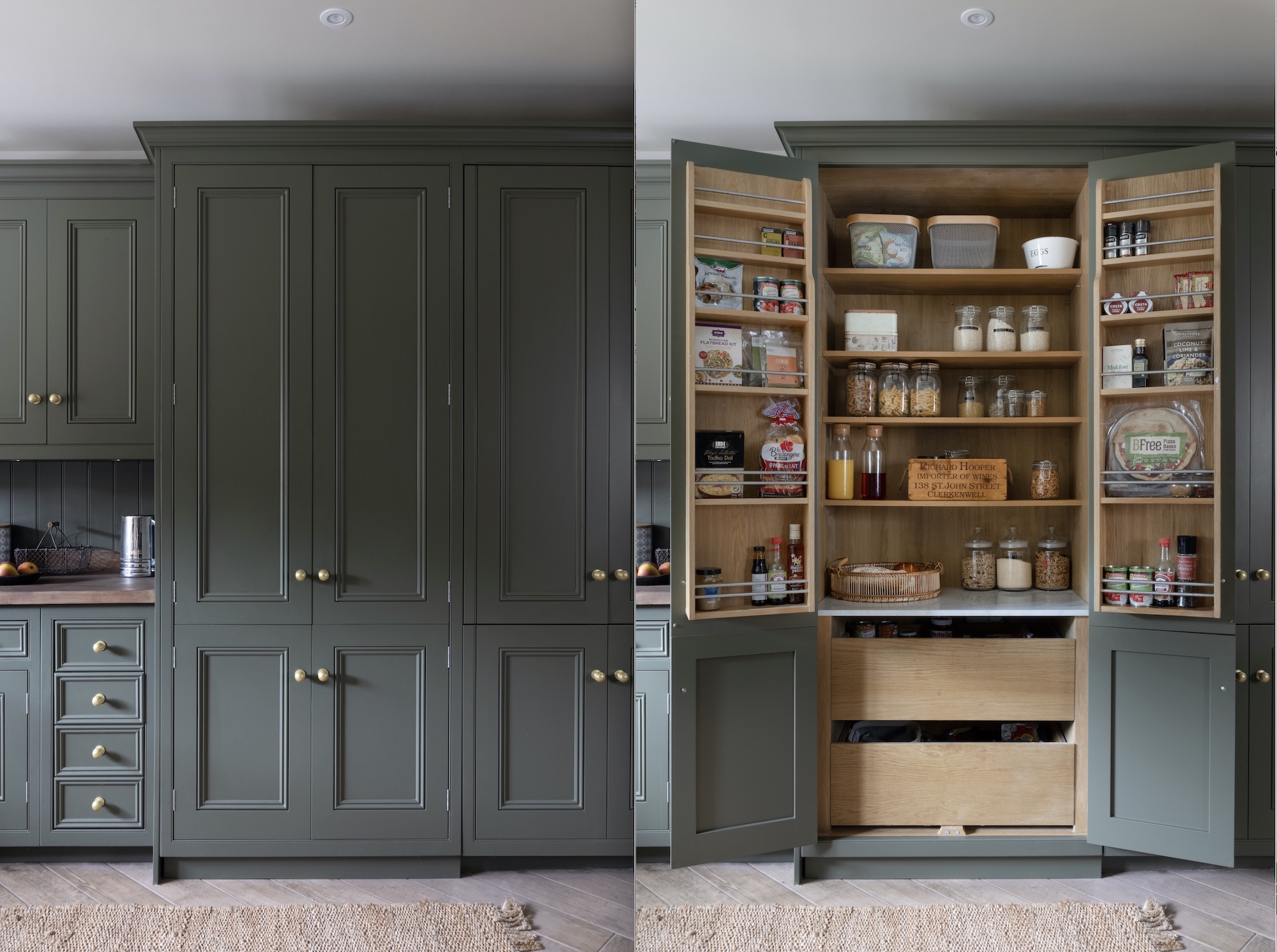
After selling their bungalow and buying a larger home, Claire and David Carr realized their new home needed substantial renovation, including a larger kitchen.
By removing a downstairs bathroom and some interior walls, they were able to increase the space allocated to the kitchen and open it up to the adjacent dining room. They also replaced a small window and narrow back door with a larger window to allow more natural light into the country kitchen. ‘
All this building work meant that our budget for a new kitchen had shrunk, so I was forced to start thinking outside the box,’ says Claire.
Claire began browsing the Used Kitchen Exchange website for pre-loved cabinetry. After spotting an in-frame classic design she liked and checking the number of cupboards and measurements, she made an offer.
‘My offer was accepted, the kitchen collected, and I found myself with a whole room and garden full of cabinets, a range cooker, dishwasher, fridge freezer and sink,’ she laughs.
‘Not only did we stop perfectly good furniture ending up in landfill, we also got the kitchen of our dreams for a fraction of the price.’
In the US, companies such as Little Green Kitchens, Refined Kitchens and Renovation Angel offer a similar service.
1. Make sure the layout works for you

Whether your kitchen is brand new or previously owned, you need to make sure it has the elements you need to fit your lifestyle and to make it comfortable to cook in.
In this U-shaped kitchen, the range cooker forms the central feature, next to the preparation surface. The wet zone features a sink, centrally positioned under the window, above an integrated washing machine and dishwasher.
A storage wall includes wall cabinets, a double-doored larder cupboard and built-in fridge freezer.
To complete the design, a banquette makes a comfortable seating area, next to an attractive dresser, which can be seen from the adjacent dining area.
2. Check measurements carefully to ensure a perfect fit
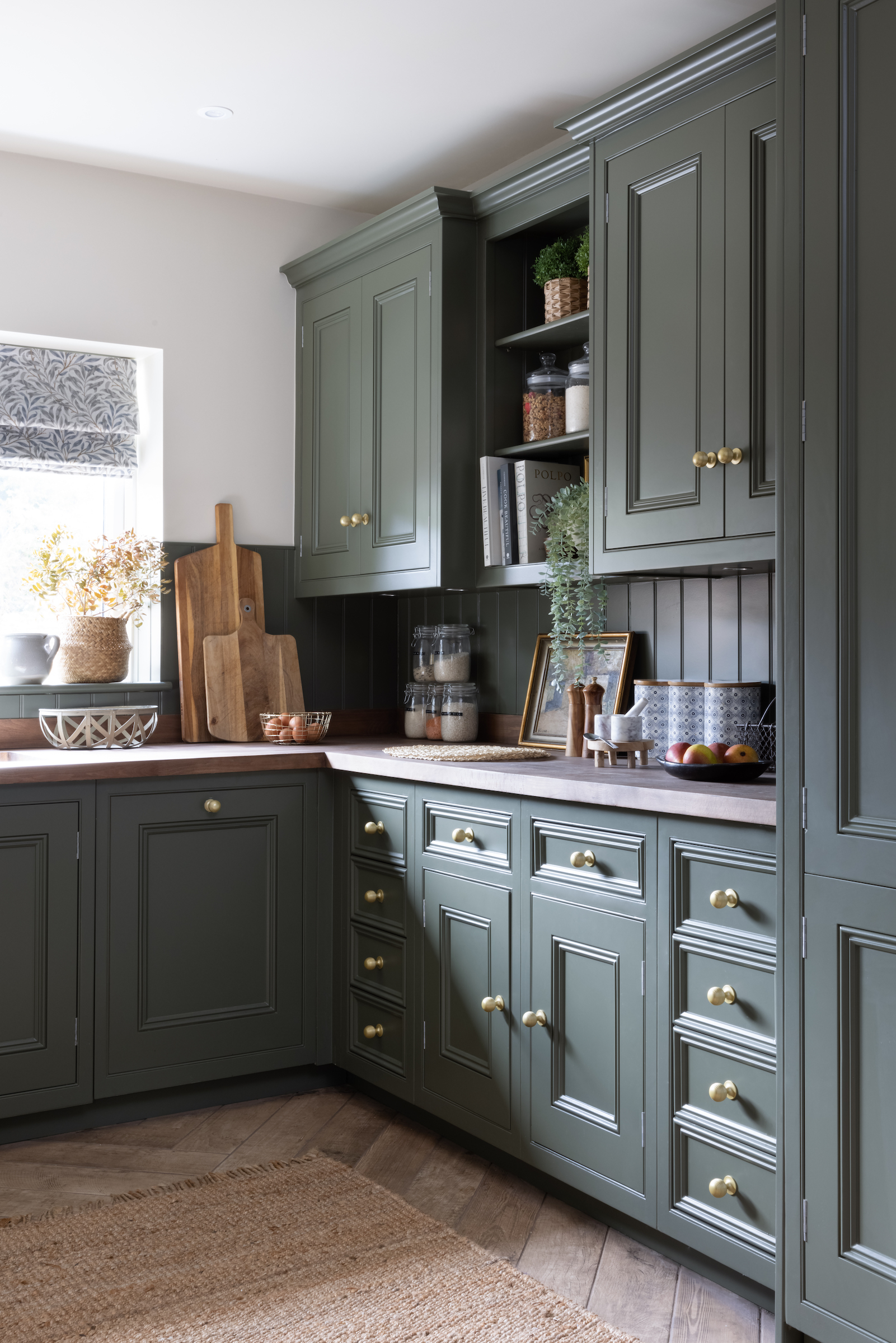
Buying a used or ex-display kitchen may require some creative thinking and reconfiguration for a new space.
Claire browsed a website that vets its used kitchens before they are offered for sale. She then considered the external dimensions and the size of each cabinet, cut out the ‘to-scale’ size of each piece on a sticky-note and moved them around on a sheet of paper drawn up to represent her kitchen.
This way, she was able to achieve some reassurance that at least 70 per cent of the cabinets would work in her room. ‘Don’t get hung up on what you can’t use, as you are still saving such a lot of money,’ she advises. She was able to give the extra cupboards to friends.
3. Be prepared to change your design
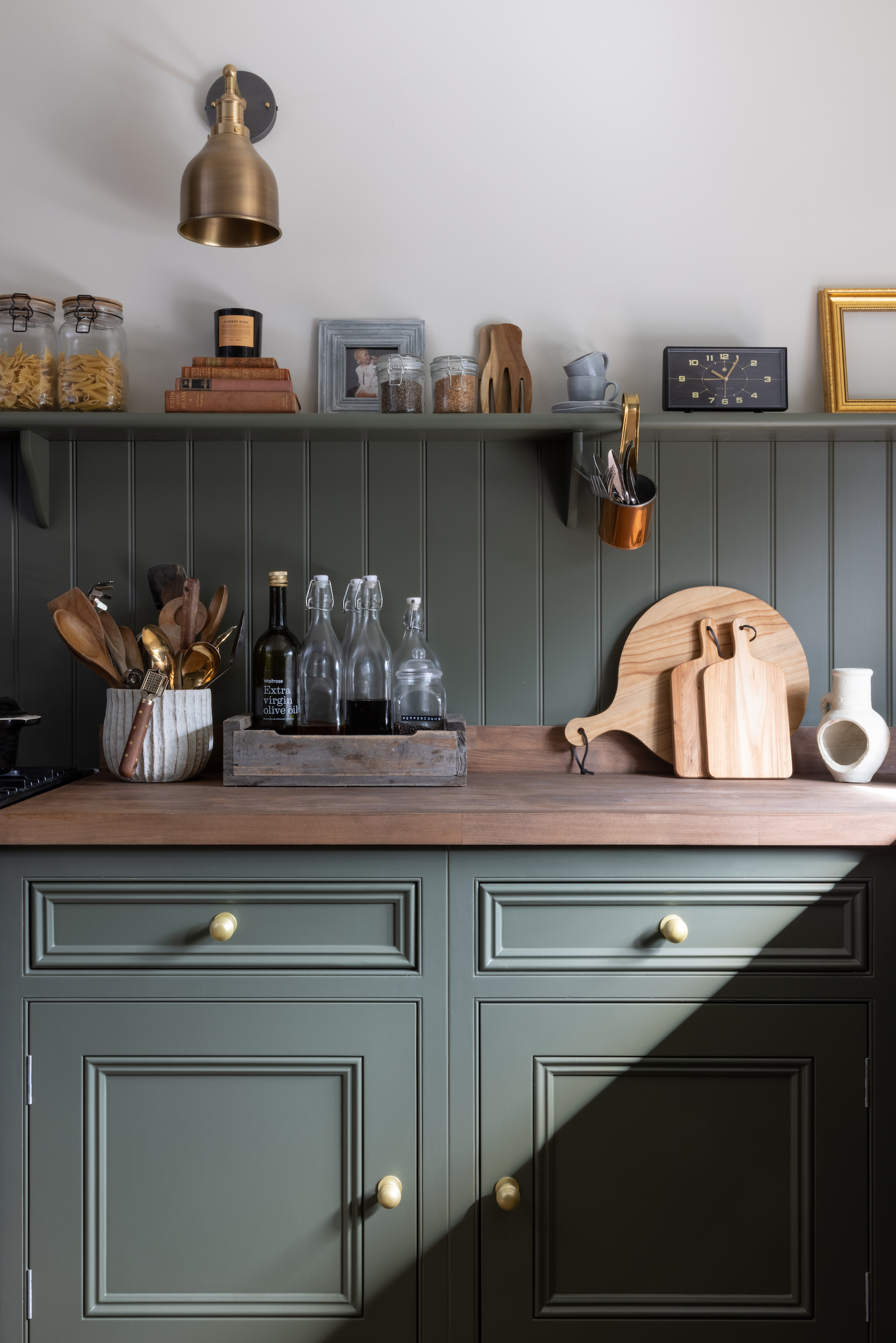
Unable to find backsplash tiles she liked, Claire was reluctant to spend significant sums on a choice she didn’t feel confident about. She was also under time pressure, as her builders needed to complete the project.
Her speedy and cost-effective solution was to opt for tongue and groove wall paneling, bought in sheets from a local timber merchant, to add traditional character to the room.
The paneling is in keeping with the classic style of the cabinetry and painted to match. It is also easy to replace, should she find a tile she prefers at any point.
4. Get creative with pre-loved pieces
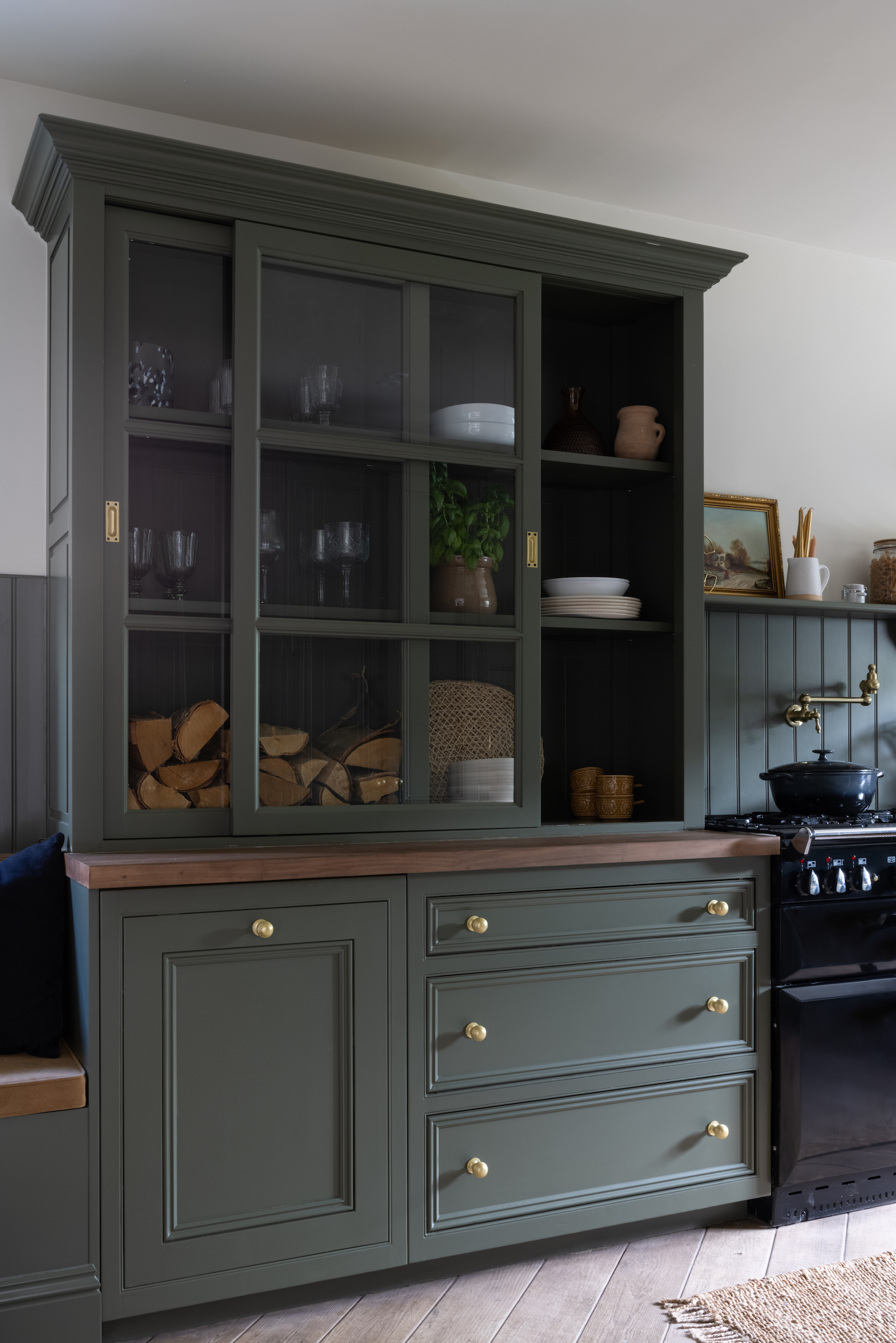
Claire bought a second-hand dresser as an extra piece for the kitchen.
‘When it arrived, my heart sank – it just didn’t work in the room,’ she recalls. ‘Then I realised that the dresser top would fit on a section of the kitchen base units – it looks more balanced and works beautifully.’
She had the top section spray-painted to match the base units and added brass pulls. She uses the piece for storing crockery and glassware, so that it looks attractive when viewed from the adjacent dining area.
5. Repaint for a fresh new look
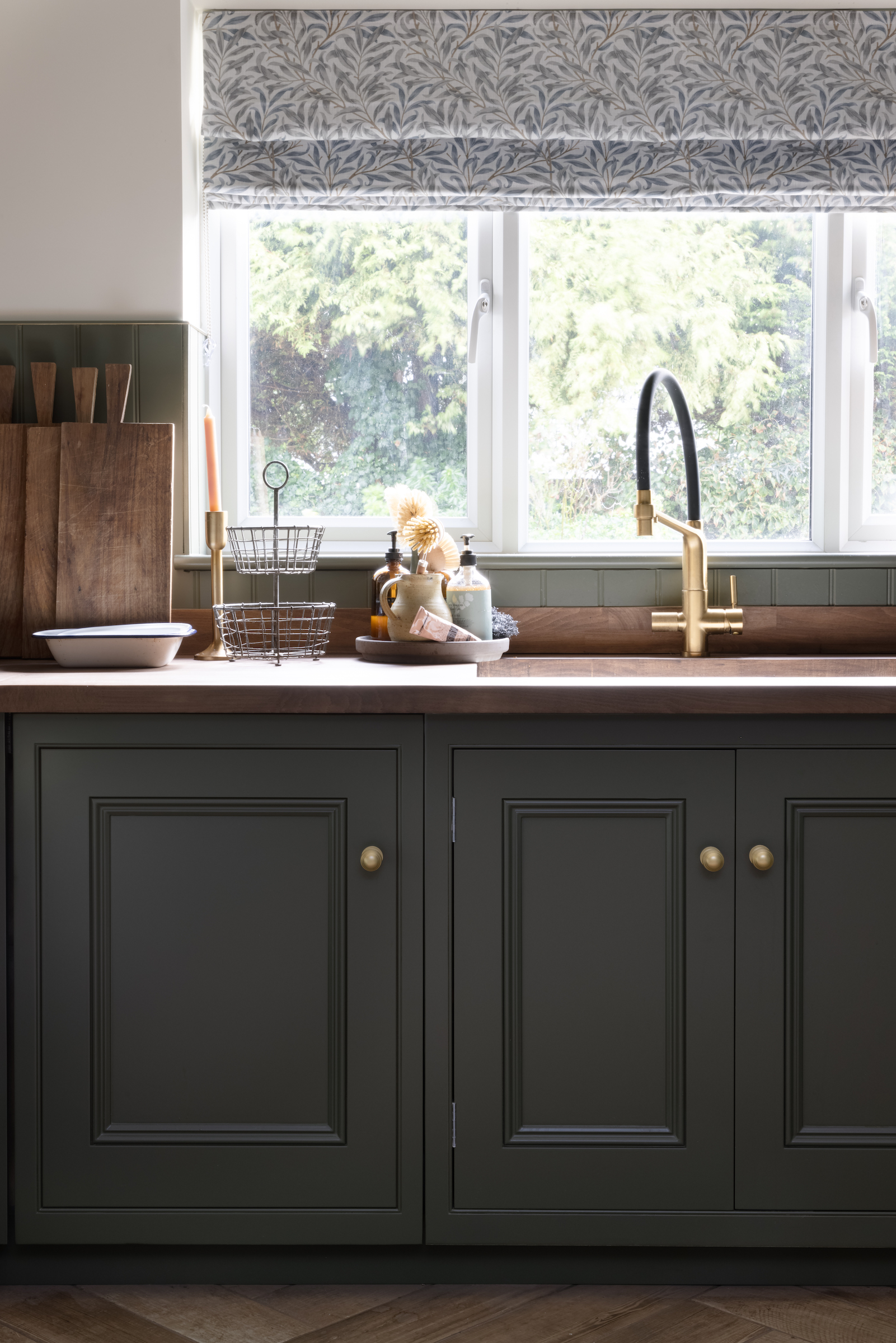
Classic kitchen cabinet ideas, previously off-white, has been painted a deep grey-green and finished with burnished brass-effect handles and accessories for a modern appeal with plenty of character.
The chunky solid beech worktop is finished with a dark stain to accentuate the natural warmth of the timber.
6. Remember you can recycle appliances, too
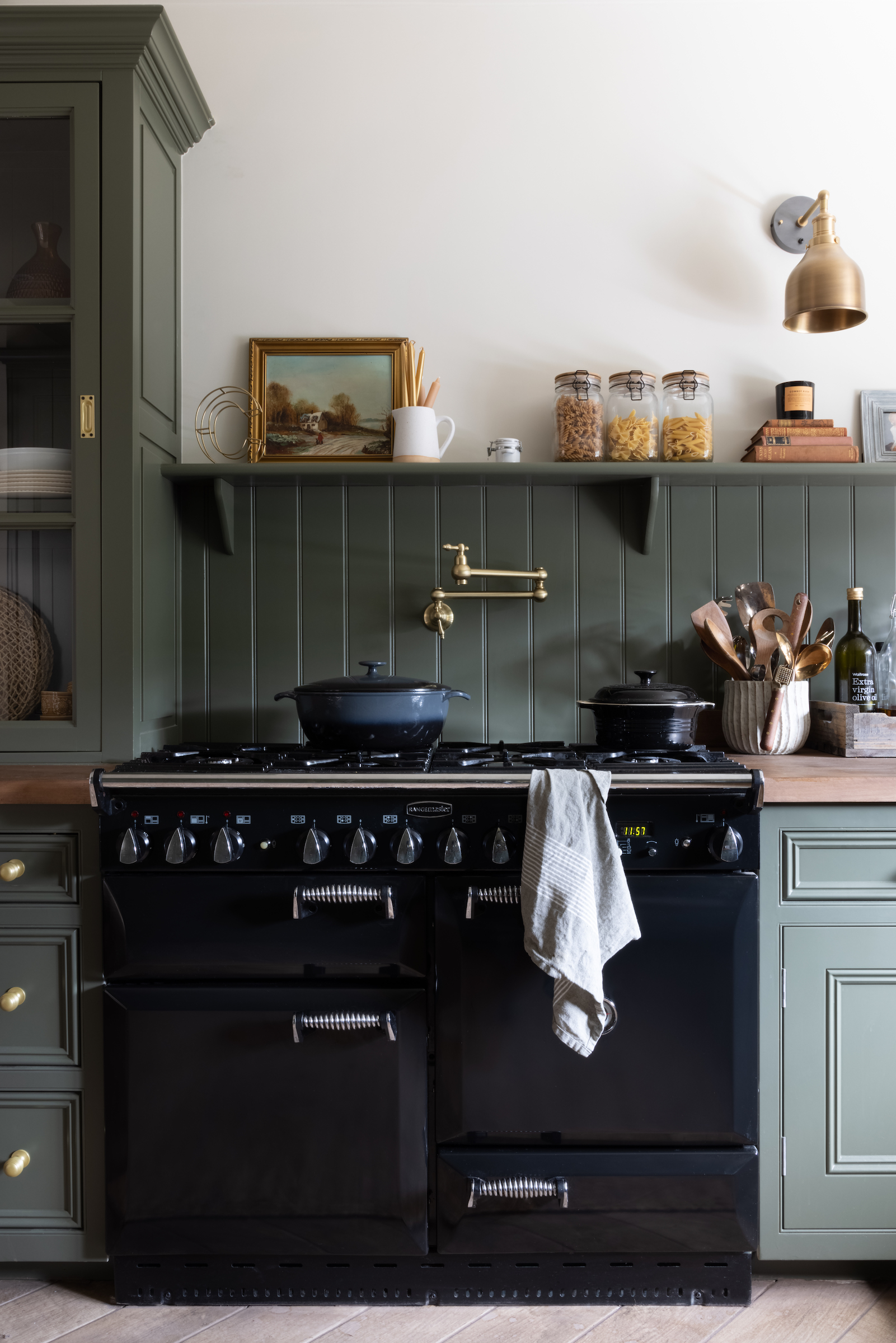
The traditionally-styled Rangemaster dual fuel range cooker has two ovens, grill, proving drawer and seven cast iron gas burners, ideal for family-size cooking. It's a great addition to the kitchen, and was bought along with the cabinets.
The new wall-mounted pot filler has articulated arms, making it easy to move the spout into position to fill large pans.
7. Add bespoke new elements
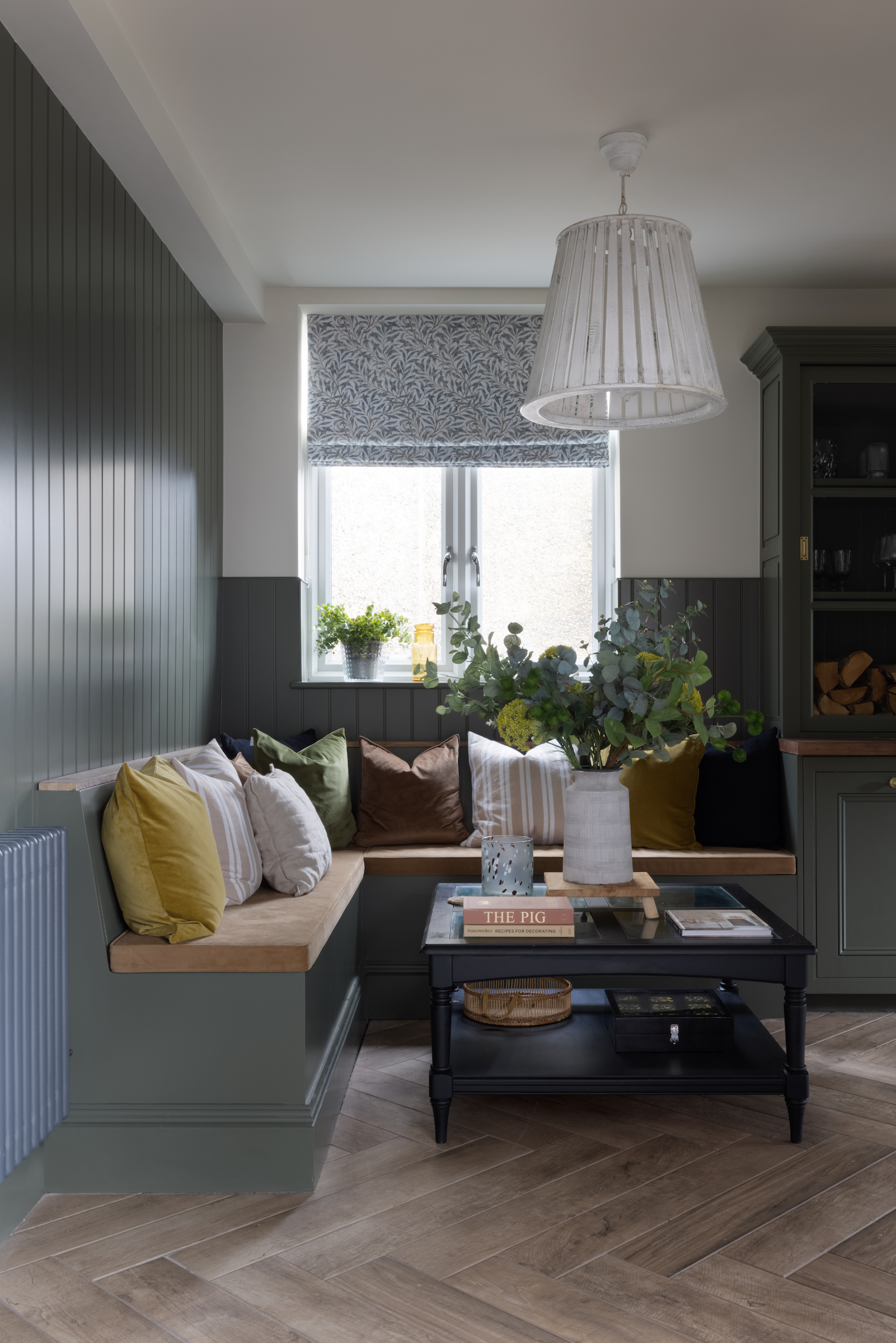
The banquette seating area replaces a downstairs bathroom. It was designed to match the kitchen cabinets, with a lift-up top – hidden under the seat cushion – to provide storage for Christmas crockery and small appliances used only occasionally.
Sign up to the Homes & Gardens newsletter
Design expertise in your inbox – from inspiring decorating ideas and beautiful celebrity homes to practical gardening advice and shopping round-ups.

Amelia Thorpe is a specialist interiors and design journalist, covering every topic to do with homes from fabrics, furniture and lighting to surfaces, kitchens and bathrooms.
As the daughter of an antique dealer and a lifelong collector of old cookery books and vintage graphics herself, she also has a particular expertise in antiques, mid-century and decorative arts of all kinds.
Drawn to homes because of their importance in the happiness of our lives and the enjoyment they can bring, Amelia has been writing about the topic for more than fifteen years. She has interviewed some of the most influential designers of our time, from Piero Lissoni, Antonio Citterio, Jaime Hayon and Arik Levy to Nina Campbell and Robert Kime.
-
 Triangular shaped garden ideas – landscape designers share 9 ingenious ways to redesign your corner plot
Triangular shaped garden ideas – landscape designers share 9 ingenious ways to redesign your corner plotExpert tips for planning, planting and finessing a triangular shaped plot, so you can savour the space year round
By Jill Morgan
-
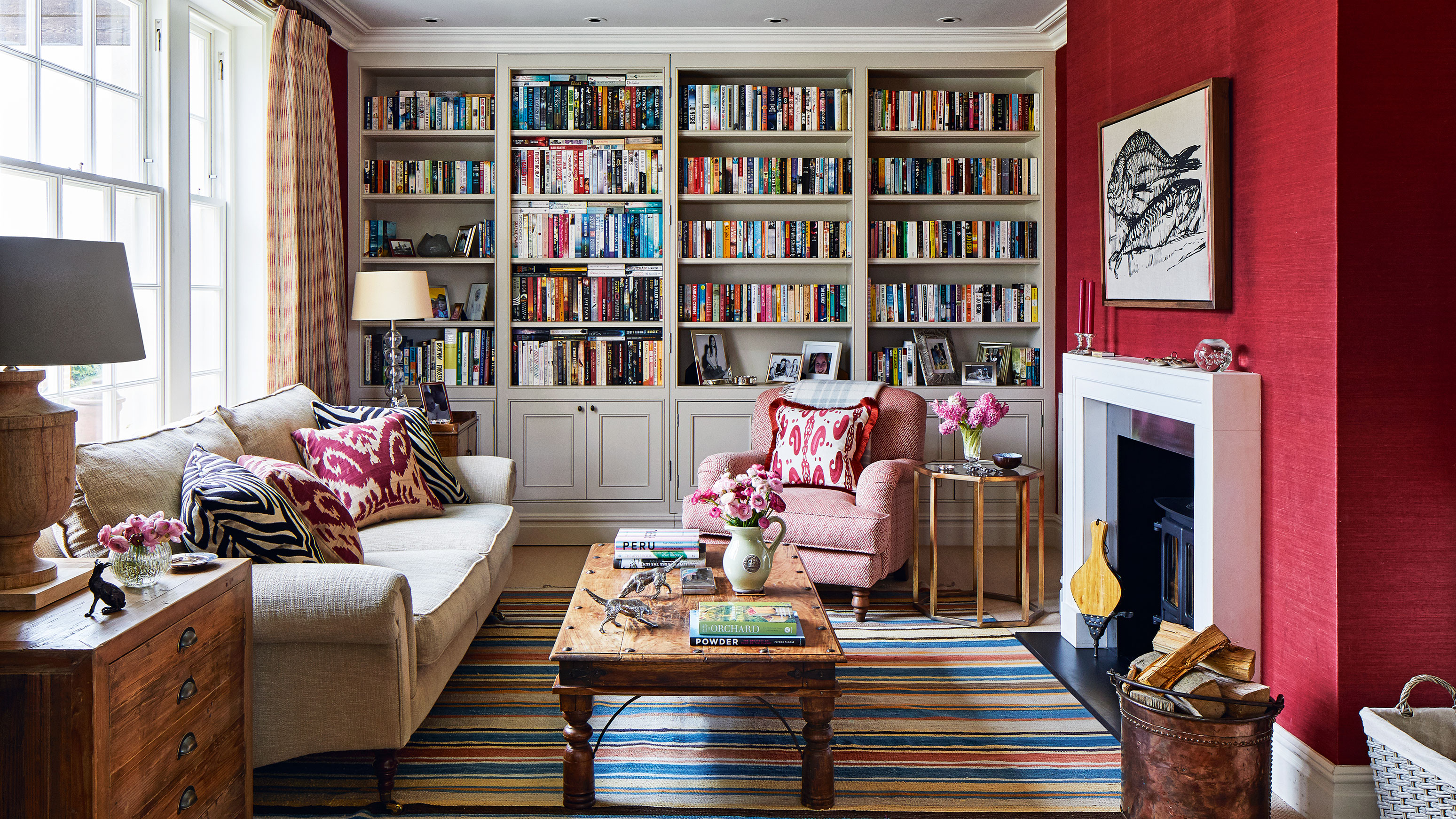 These are the 6 things designers say you should never put in a small living room
These are the 6 things designers say you should never put in a small living roomThe items that should be banned from a small living room are right here along with what you should opt for instead
By Sarah Warwick